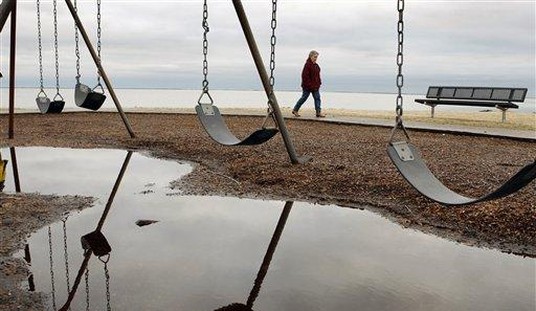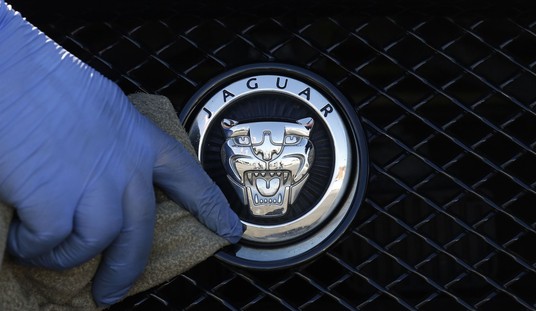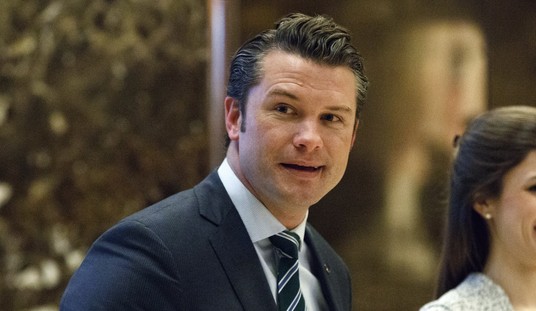
Odds are long that you never heard of a Tuscan town called Sansepolcro, let alone visited it. And unless you took a course in the history of art, you probably never heard of Piero della Francesca, whose fresco of The Resurrection is the symbol of the city, which recently celebrated its thousandth anniversary. Pope Benedict attended, which suggests the importance of this beautiful little city, far off the usual tourist path, and at least on this sunny Friday in May, almost totally free of foreign visitors. Yes, there was a small group of Germans (you know, those old enough to have been active back when…), and a few French couples here and there, and even a handful of Americans, but for the most part it was locals.
The town can be walked in less than an hour, and you can do the diameter in about twenty minutes, but that would be wrong. You don’t want to miss the lovely balance, the low medieval and early Renaissance buildings, the gently curving streets, and the tranquility of the place. And you must, must, must see Piero della Francesca’s fresco, which, according to one of Aldous Huxley’s fictional characters, is the most beautiful painting in the world.
Aside from Barbara, I don’t believe there is such a thing as “the most beautiful,” but The Resurrection is quite wonderful, and it is surely one of the most beautifully displayed works of art I’ve ever seen. It’s on a wall in the town’s museum, a palace built around the fresco, and you can see it through two glass doors that are reachable from the street via short staircases in an inverted “V.” At night, the fresco is illuminated until midnight. Wow!
That “wow” goes for the masterpiece itself, which depicts Christ risen from the tomb, a lance-and-banner in his right hand. Four Roman guards sound asleep below him. This is a virile, physically powerful Christ, the sort you’d want leading your troops into battle, not a pale, cadaverous Christ about to vanish beyond the clouds. If you look at it for a while, you will eventually wonder how della Francesca painted something so modern in the middle of the fifteenth century. Go to the previous room in the museum and look at his hypermodern “Polittico della Misericordia” in which a Madonna who seems more likely to have come from an alternate universe on Star Trek than to have been the saintly Jewish mother of Jesus embraces the faithful in her long gown.
How does this happen? That Madonna could have been painted by Salvador Dali.
Moreover, the works of della Francesca are of a piece with the passions and traditions of Sansepolcro. Its biggest festival involves men carrying banners attached to spears, like his rising Christ. So it’s not just one flash of genius against a bland “dark ages.” There’s a lot going on, and not just in Sansepolcro. Piero della Francesco died in one of the most momentous years in modern history: 1492, the same year Lorenzo the Magnificent died in Florence, and a visionary explorer unexpectedly landed in the New World.
Years ago a very smart man I met on an airplane to California bragged that he and his colleagues at the Rand Corporation were looking into such profound questions as “Why is there a history of art?” It was a way of getting at the fact that artists represented things differently at different moments of history, or in different cultures at the same moments. Is that due to changes in our vision, or changes in our capacity and desire to portray our world, or what?
Whatever the answer to that one, it seems pretty clear that there have been “schools” of painting and sculpture, and that the artists therein more or less agreed with how the world should be portrayed. That warrior Christ has the sort of physical strength you can find in those strong men Michelangelo liberated from the marble in the Accademia in Florence, the ones you see as you walk down toward the David.
OK, we knew that. But look at della Francesca’s Christ or at his Madonna, and you see something apprently totally outside the world-view of the time.
The same time Leonardo was doing things that neither art historians nor historians of science can fully explain. One of my favorite science fiction authors suggested that Leonardo had invented time travel, and brought back future inventions to his own world.
Well maybe Piero della Franesca was on those jaunts with Leonardo.
Just get yourself to Sansepulcro and immerse yourself…off the beaten path.









Join the conversation as a VIP Member